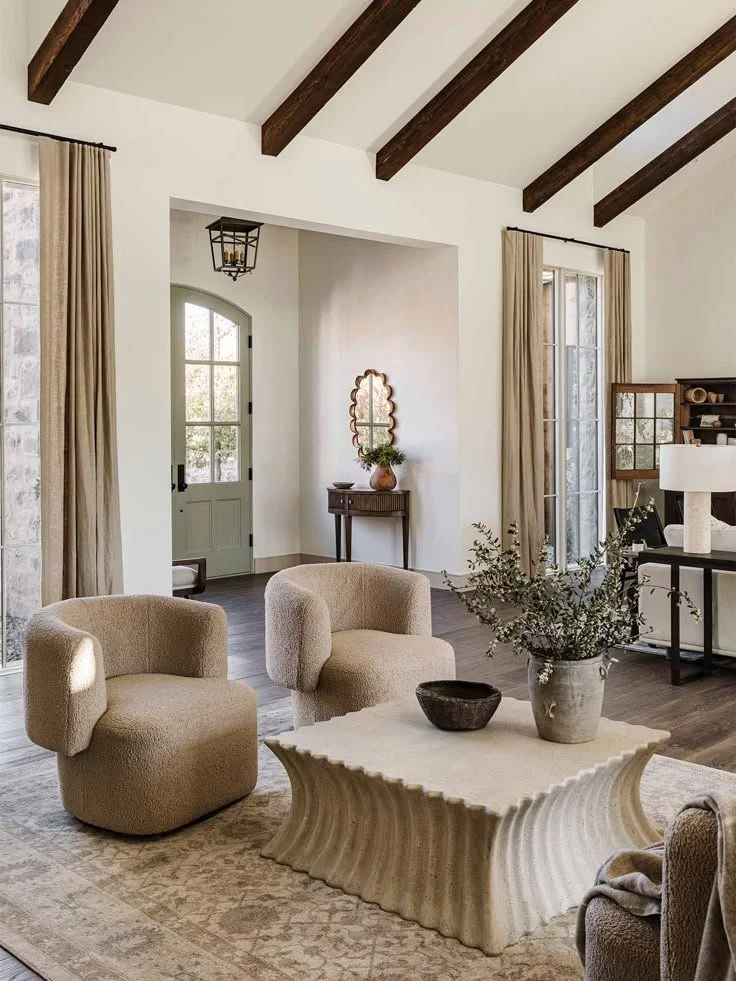How To Organize Your Entire Home Without Feeling Overwhelmed
Starting a whole-home organizing project can feel like climbing a mountain. Between overflowing closets, cluttered countertops, and packed storage bins, it’s hard to know where to begin.
But the truth is, a tidy, organized home isn’t as out of reach as it seems. With the right approach and a few smart strategies, you can tackle one area at a time without feeling buried in the process. In this article, we’ll share straightforward steps that will make organizing your home manageable, rewarding, and surprisingly enjoyable.
No. 1
Begin with a Vision and a Game Plan
Start by envisioning how you want each room in your home to feel and function. Picture an organized closet where everything is accessible or a kitchen with clear countertops and a logical flow. Having a vision helps you set practical goals and keeps you motivated.
Once you have a clear vision, create a game plan by dividing the project by rooms or zones. If you find the project overwhelming at any stage, consider reaching out to a professional service like Pretty Neat Professional Organizer.
Professional organizers can provide expert advice, help create a streamlined plan, and offer tools that make the process manageable and personalized. You can even book consultations from the comfort of your home to suit your schedule and needs.
No. 2
Start Small: Tackle One Space at a Time
It’s tempting to dive in and organize everything at once, but this can quickly lead to burnout. Instead, focus on one area at a time, such as a single drawer, closet, or shelf.
Starting small helps build momentum without causing overwhelm. Once you see progress in one area, you’ll feel motivated to move on to the next, tackling the project room by room.
No. 3
Declutter First to Simplify the Process
Before you start arranging items, take the time to declutter. Sorting through and removing items you no longer need or use will make organizing much easier. Decluttering frees up space, reduces visual clutter, and lets you focus on the essentials.
Use this rule of thumb: if something hasn’t been used in the past year, it’s likely not necessary.
Decluttering first also helps you assess what storage solutions you actually need, saving you from purchasing unnecessary organizers or containers.
Lulu and Georgia
Elevate your space with Lulu and Georgia's stylish storage and organization solutions—where function meets design.
No. 4
Invest in Versatile Storage Solutions
Good storage solutions can make a significant difference in your organizing efforts. Look for versatile options like stackable bins, clear containers, and modular shelving units that can adapt to various spaces in your home. Clear containers are especially helpful because they allow you to see the contents at a glance, making it easier to keep track of items.
Consider furniture that serves multiple purposes, like ottomans featuring storage compartments or beds equipped with drawers. These options save space and keep items out of sight, promoting a clean and organized look.
No. 5
Implement the “One-In, One-Out” Rule for Maintenance
One effective way to maintain an organization long-term is by adopting the “One-In, One-Out” rule. For every new item you bring into your home, remove one that you no longer need or use.
This habit prevents clutter from building up and ensures you’re not overcrowding your space. It encourages mindful shopping and helps keep your home tidy without needing frequent, large-scale organizing sessions.
No. 6
Schedule Periodic Decluttering
Even after an initial organization project, maintaining a clutter-free home requires periodic upkeep. Set aside time each month or each season to declutter areas that tend to accumulate items, such as closets, pantries, and entryways.
By scheduling regular decluttering sessions, you can prevent clutter from piling up and keep your home organized with minimal effort.
No. 7
Organize High-Use Items by Accessibility
For spaces used frequently, like the kitchen, entryway, or bathroom, organize items based on accessibility. Keep frequently used items within easy reach while storing less-used items in higher or more out-of-the-way spots.
For example, place daily essentials like keys, wallets, and shoes in a designated area near the entryway for quick and easy access.
Creating accessible zones makes daily tasks easier and reduces clutter in high-traffic areas, helping keep your home organized and your routine smooth.
Takeaways
Organizing your entire home can be incredibly satisfying, bringing a sense of calm and order to your space. Taking it step by step makes the process manageable and even enjoyable.
But sometimes, life gets busy, and keeping up with organizing can feel like a challenge. In those moments, seeking professional help can be a great option, ensuring you get the results you want without the added stress.
Looking For Home Resources?
Looking to enhance your living space and create a sanctuary that supports your well-being? Explore our home partners who offer a wide range of resources to elevate your home environment.































